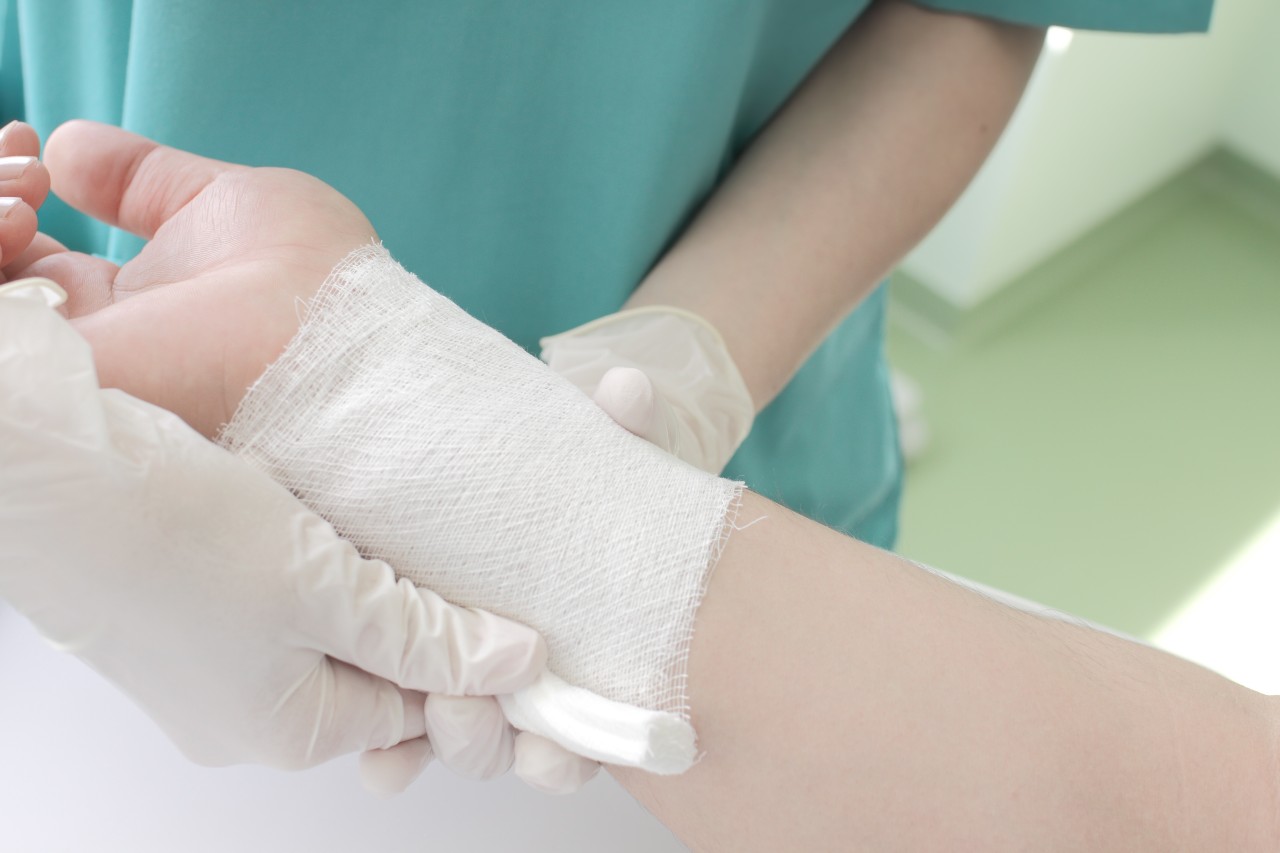One of the best parts of nursing is that nurses from the exact same graduate program may all have entirely different day-to-day tasks depending on the specialty they choose. Sometimes this is true even within a given specialty.
If you’re interested in working as a dermatology nurse, you have plenty of options. In this post, we’ll look at where dermatology nurses typically work and the different tasks they may be responsible for within their job roles.
Where Do Dermatology Nurses Work?
Dermatology nurses are needed in various medical facilities, including inpatient and outpatient facilities. Outpatient facility jobs for dermatologists, however, are much more common.
The following types of medical organizations often hire dermatology nurses:
- Private care clinics
- Dermatology institutes
- Burn care centers
- Plastic surgery units
- Hospitals, including specialized hospitals
What Do Dermatology Nurses Do?
While each individual role may be different from the next (especially once you factor in working at different types of facilities), there are a few core tasks that most dermatology nurses will share in their job descriptions. Let’s look at each.
1. Perform Patient Intake
Dermatology nurses are often primarily responsible for patient intake processes, whether they’re working in a hospital or a private office.
Patient intake procedures may include the following:
- Collecting the patient’s medical history, including family history
- Briefly examining the patient’s concern, especially if they’re working in a triage position
- Discussing patient goals or concerns
- Asking about existing treatments or medications
- Getting information about the patient’s current skin care products or regimen
Getting accurate patient information is a vital part of the job, as it will impact how the physician diagnoses and treats the patient.
2. Clean & Dress Wounds
Dermatologists may treat patients with a number of different skin diseases and wounds, potentially including injuries, open sores, infections, warts, skin biopsies, and burns.
After the practicing physician has assessed the patient and administered or prescribed treatment, it’s often up to the nurse to clean and dress the wounds.
Dressing wounds may be as simple as applying a bandage after a minor skin biopsy, but it could be as complicated as cleaning and applying bandages to severe burns.
Your employer will be able to instruct you on their desired wound dressing process, including which products to use. You also may be responsible for showing the patient or a caretaker how to care for and re-dress their wounds at home, providing discharge instructions to keep the patient healing well.
3. Applying Anesthesitic for Skin Biopsies
When a dermatologist is concerned that a patient may have a suspicious spot, rash, or mole that could indicate a serious condition like skin cancer or an infection, they may take a skin biopsy.
The skin biopsies that are done in dermatology offices are typically not too invasive, requiring only a small amount of local anesthesitic and a small sample that takes just a minute to collect.
Dermatology nurses will often be responsible for helping their overseeing physician with skin biopsies. They’ll typically administer the local anesthetic, and then they’ll provide a second set of hands to collect and send out the biopsy.
4. Patient Education
Some dermatologists will hand off certain parts of basic patient education to their nursing staff.
Patient education may include going over pamphlets about skincare prevention, showcasing how to administer topical medications, or discussing potential side effects of a new treatment.
Even when physicians go into a great deal of detail with their patients, it’s common for patients to have follow-up questions after the dermatologist has left the room. In these cases, the dermatology nurse may be able to step in and answer their questions.
5. Assisting Dermatologists Performing Skin Exams
In-office dermatologists regularly perform routine exams on patients to look for early signs of skin cancer. When it comes to the question of what do dermatology nurses do, this is a common task.
Nurses may be present during skin exams as witnesses. They may also help the physician document skin conditions, moles, or potential signs of cancer during the exam.
6. Conducting Cosmetic Procedures
If you choose to become a nurse aesthetician, you can offer specific cosmetic procedures to patients while working in a dermatology office. Becoming a nurse aesthetician (also sometimes called a “cosmetic nurse”) requires additional training, education, and certification.
Common procedures may include the following:
- Injecting Botox and other dermal fillers
- Providing facial services
- Light or laser therapy
- Tattoo removal
Cosmetic nurses may work in dermatology offices, but they may also choose to work in spas offering aesthetic services.
Final Thoughts
Dermatology nursing opens the door to a large number of diverse opportunities when it comes to where you’ll work and the specific tasks you may be asked to do. It’s an enriching field and an important one; the ability to help patients feel and look great can be satisfying and meaningful work.
Interested in learning more about dermatology nursing? Check out our ultimate guide here.










